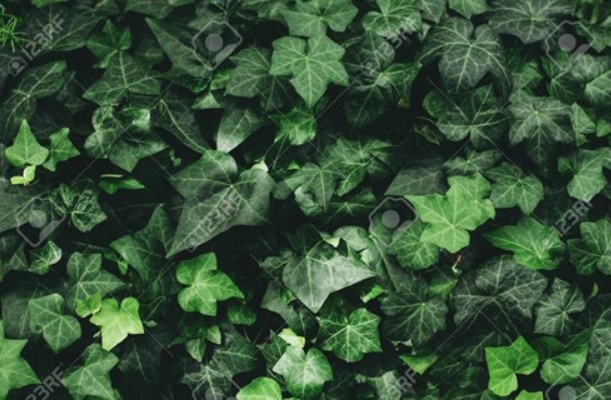
Turfgrass, Trees, and Ground Cover Alternatives: Can You Prune My Trees So the Grass Will Grow?

Asian Jasmine makes a nice ground cover in areas to shaded for turfgrass. Photo by Ms. RuthAnn Jackson.
Published April 15, 2010, By ARBORILOGICAL SERVICES
Turfgrass, Trees, and Ground Cover Atlernatives: Can You Prune My Trees So the Grass Will Grow?
The answer depends upon the tree species, canopy density, and type of existing turfgrass. The three predominant turfgrasses in the Dallas/Fort Worth Metroplex are—in order of most shade tolerant: St. Augustine, Zoysia, and Bermuda. If your landscape has Bermuda grass in a shady location, pruning your trees is not a satisfactory, long-term solution. Consider replacing the thinning sod with a more shade tolerant turfgrass like St. Augustine grass and lightly pruning your trees.
To allow more sunlight to your turf, we can lightly thin the tree canopies and raise canopy heights. However, trees should always have a ratio of one third trunk to two thirds canopy. Raising the tree canopy height past the one third rule can be detrimental to tree health and structural integrity.
Live Oaks are the most common culprit of turfgrass decline due to their dense, evergreen canopy. Even with periodic canopy thinning, there comes a time when even St. Augustine grass begins to dwindle and fade. So instead of waging war on your trees and turfgrass, consider shade tolerant ground covers.
For the Turf Lovers
Mondograss, Ophiopogon japonicus is a great alternative if you want the look of turf. Standard (not the dwarf) Mondograss’ mature height is about eight inches tall. It will spread by runners to provide a solid stand.
Liriope is another wonderful grass alternative and is available in various shades of green, to white and yellow variegated varieties. It ranges in height from one to three feet and is clump-forming.
Carex species, for the naturalist, deserve consideration. Many of these edges perform beautifully in lower light and water conditions and provide interesting blue, green, and even bronze colors.
For a Broadleaf Look
Purple Wintercreeper, Euonymus fortunei ‘Coloratus’ pictured below, is a favorite drought and shade tolerant plant. It grows 1 foot tall and eventually spreads two to three feet wide. In autumn, the evergreen leaves turn a lovely plum color in light shade conditions, though it will tolerate heavy shade.

Asian Jasmine, Trachaelospermum jasminoides, the most commonly planted ground cover in the Dallas area, grows in full sun to light shade conditions and is, for the most part, evergreen. There are white, yellow, and orange variegated forms of Asian Jasmine, which can be slower growing.
An old favorite, Periwinkle, Vinca minor, also thrives in shade to light morning sun. It is evergreen and has light-blue blossoms in early spring. Periwinkle grows from four to fourteen inches tall, depending upon the variety.
The traditional Metroplex shade ground cover is English Ivy, Hedera helix pictured below. English Ivy tolerates dense shade well. Several of the indoor potted plant varieties can also survive out-of-doors when winter temperatures are mild. English Ivy will climb your trees, so care must be taken to keep this vine one foot from the base of trees. As with all ground covers, never allow plant material to cover the base (flare) of your trees.

Other Groundcovers to Consider
Include ferns, moneywort, horseherb, and artemesia. Call a truce to the turfgrass war and consider the many wonderful ground cover alternatives.

